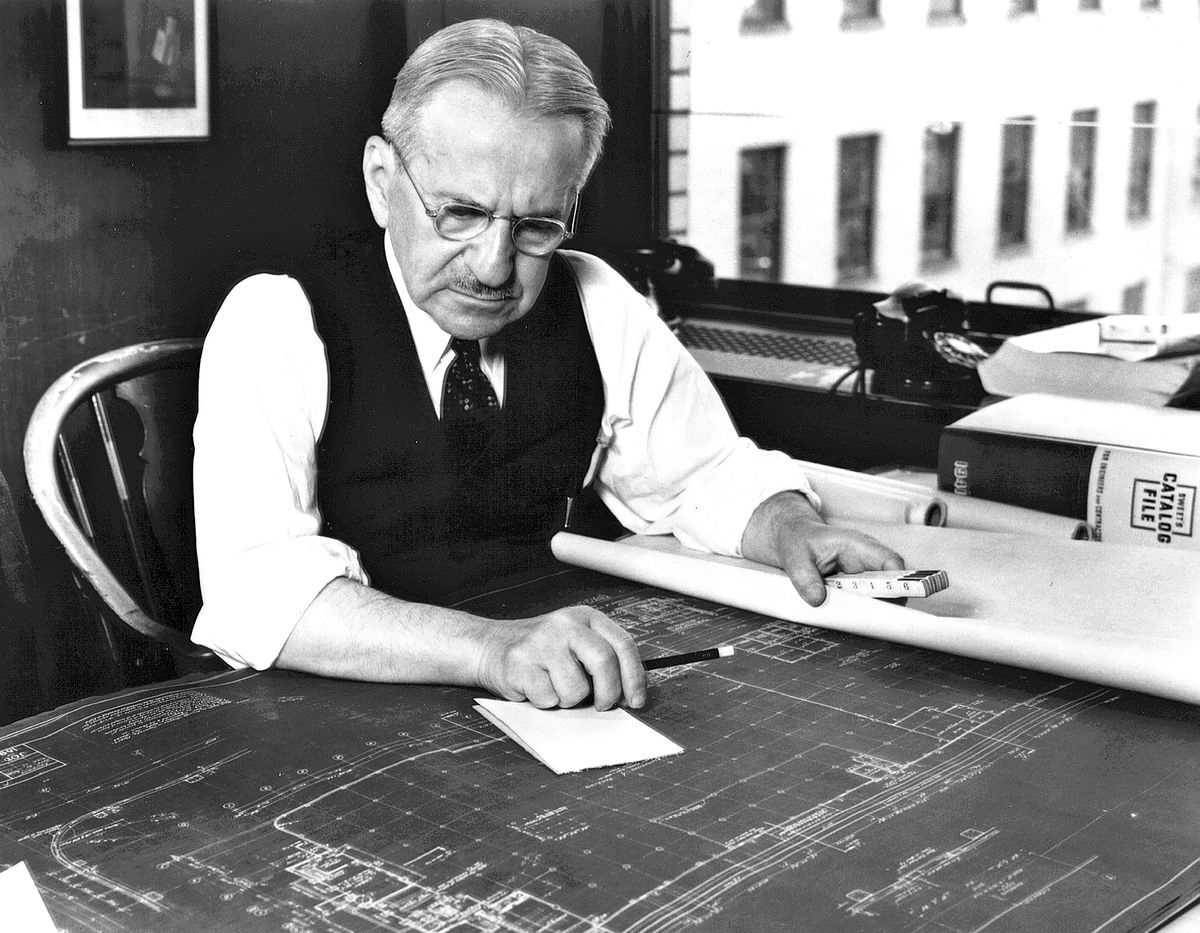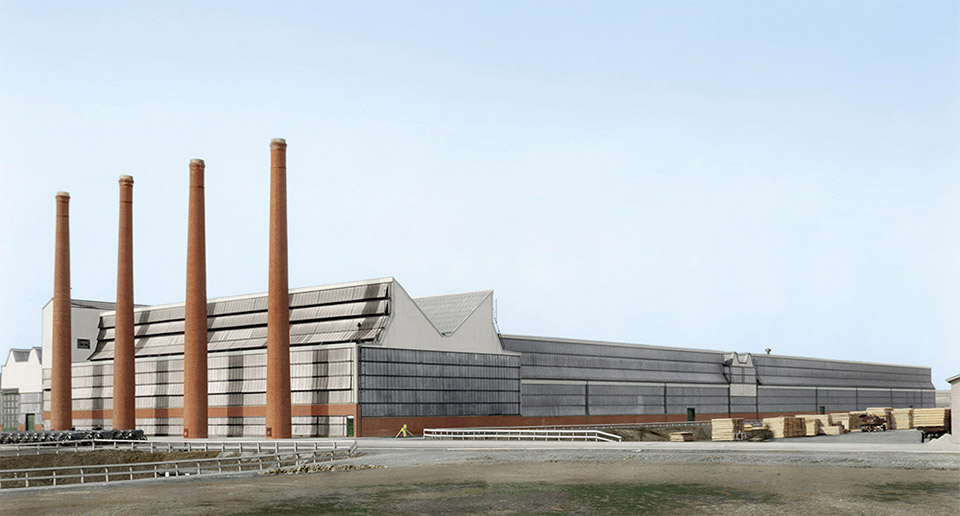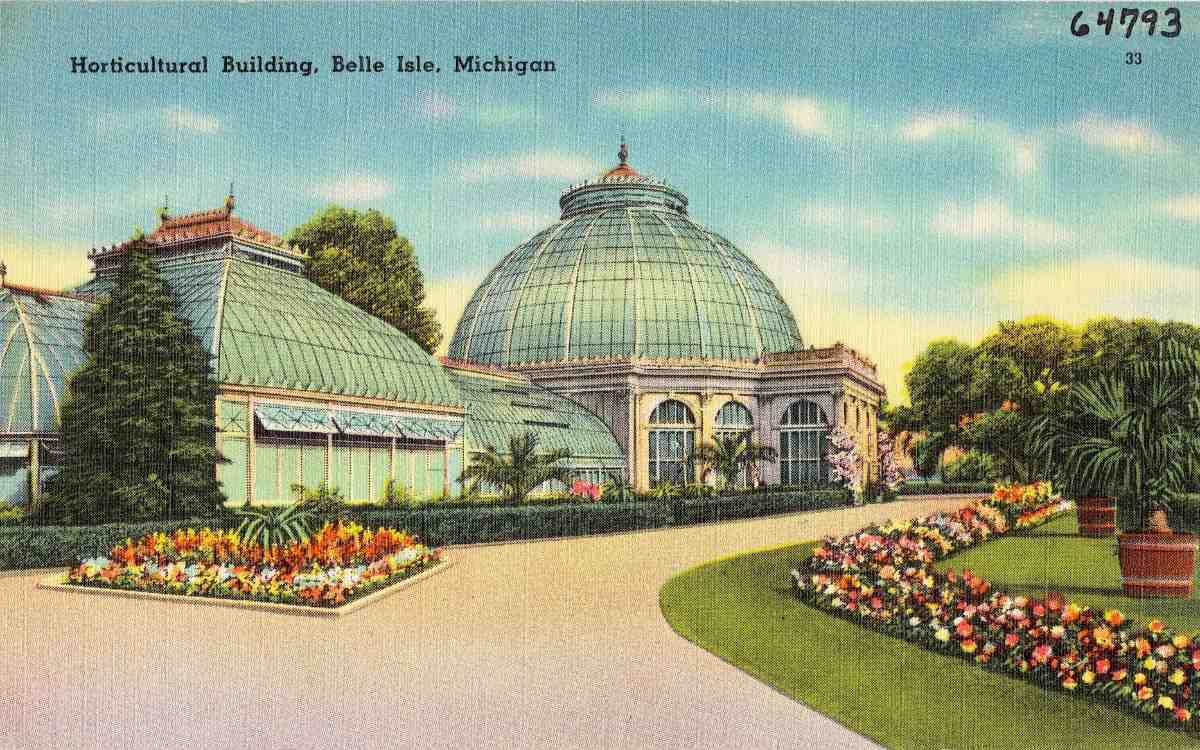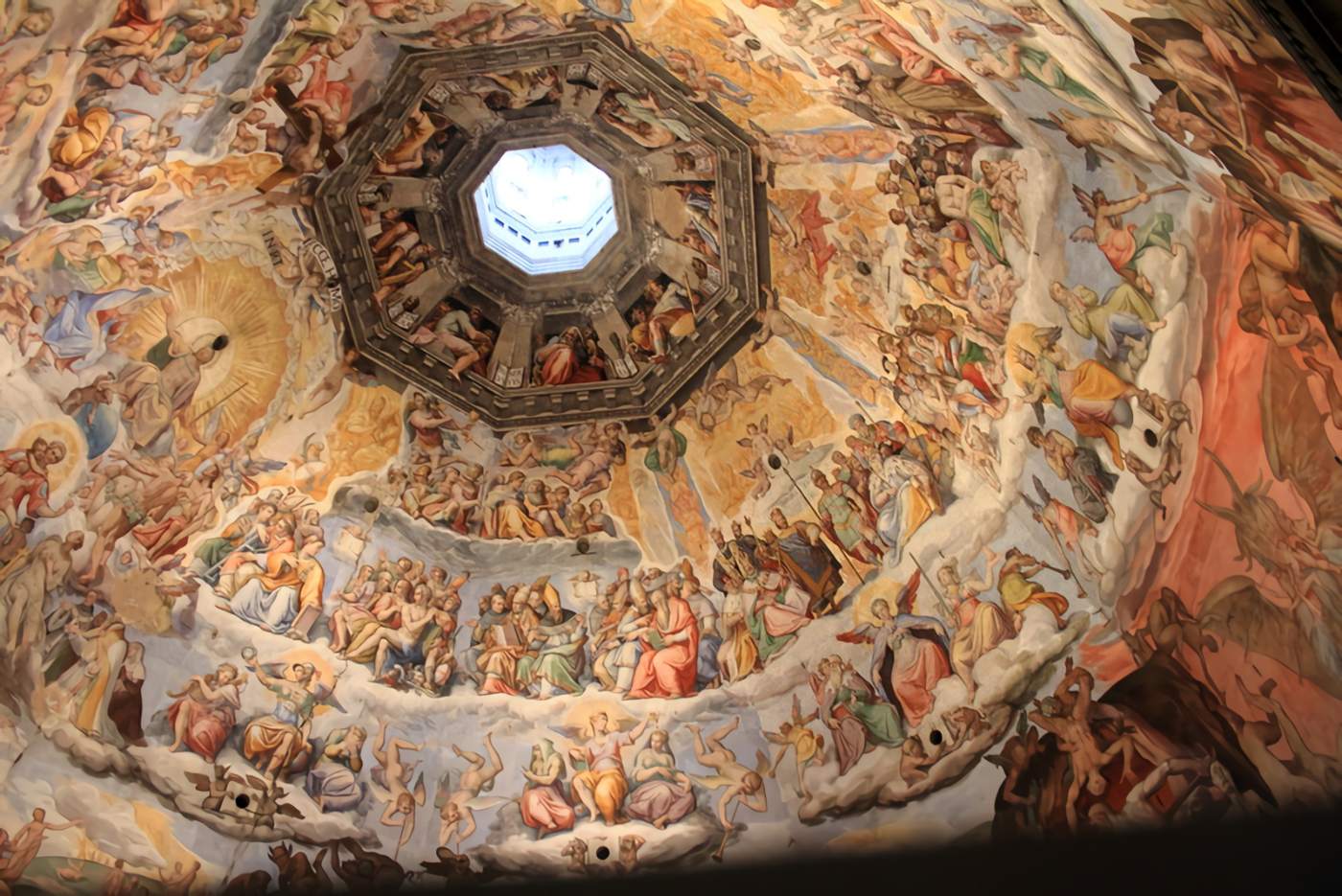Time magazine gushed over the ancient, white-haired man when he received the Distinguished Service Medal in June 1942. Albert Kahn’s contribution to the defeat of the Axis forces was bigger than most, the writers wrote. The man was 73 years old, yet he had never been to the battlefield. It seems more likely that he engaged in some kind of desk warfare at his office in Detroit, Michigan, in the northern United States.
Albert Kahn’s airports, naval bases, and plants

This was an architect by the name of Albert Kahn. Nearly all of the United States’ arsenal was stored at his airports, naval bases, and industries. He was unparalleled in his ability to design, plan, and construct on time and on budget. In the middle of battle, he had distinguished himself at the drafting board. Kahn, the son of a rabbi, emigrated to the United States from Germany and went on to become an influential figure in the development of contemporary architecture and warfare.
It was no accident that his workplace was in Detroit, a city that, by the turn of the 20th century, had become one of the world’s most significant industrial centers. It was a major hub of the capitalist system and the car industry. Henry Ford‘s groundbreaking Highland Park facility, where the Model T was mass-produced on an assembly line, is often credited for propelling the car to the forefront of customer demand. Numerous others in this area followed the lead of the first industrial mass producer. The United States government called Detroit the “arms factory of democracy” because of its crucial role in supplying the war effort during World War II. Detroit’s ascent appeared invincible thanks to its architect, Albert Kahn.

The Detroit architect’s professional life started in earnest in 1907, when the high-end automaker Packard Motors hired him to create a new manufacturing facility. Kahn chose a reinforced concrete construction in place of more conventional materials like wood and stone because of its fire resistance and the practicality of its spacious, well-lit rooms. Very quickly, automobile manufacturer Henry Ford saw these similar architectural traits and enlisted Kahn for his own groundbreaking project.
Ford requested that everything be housed in one building, and Kahn delivered in the Highland Park area by designing a four-story plant that was as bright as day and could accommodate as many as 70,000 people. Assembly line manufacturing became a metaphor for the modern era as a whole. The 20th century was literally born at Highland Park. Kahn constructed a new factory for Ford near Detroit after the old one grew too small; the River Rouge Complex debuted in 1927 and at the time employed more than 90,000 people, making it the biggest industrial enterprise in the world.

Albert Kahn was the ideal master builder for Ford, and their collaboration resulted in some of the company’s most impressive manufacturing facilities. Like in automobile engineering, Kahn’s ability to construct factories more quickly than his competitors was the consequence of an ingenious mix of technical competence and tight business organization.
Kahn introduced industrial manufacturing methods into the field of architecture. His Detroit office had become a virtual factory for factory planning, with an entire crew mobilized at the drop of a hat whenever a new project was announced. This included not only the usual construction plan drawing and bidding processes, but also the recruitment of contractors and the procurement of raw materials. Kahn fashioned industrial facilities that resembled assembly lines.
Detroit, the Motor City

“When I started out, architects only created museums, cathedrals, monuments, and capitols,” Albert Kahn said later in life. According to Kahn, even the office boy could handle factory buildings. And his current role was that of office boy. But in no way had this diminished his dignity or image.
In fact, Kahn designed over a thousand buildings for Detroit’s automakers. The General Motors Building, the company’s headquarters and the biggest office building in the world when it was finished in the 1920s, was one of Kahn’s crowning achievements. In 1928, his Fisher Building, a 30-story icon in the city, was completed. Kahn, along with other early 20th-century superstar architects like Whitney Warren and Charles Wetmore, Daniel Burnham, and Eliel Saarinen, molded a skyline that included a broad range of historical periods and architectural styles. Artistic architects adorned their high-rises with marble columns, ornate carvings, and golden mansards.

As a result of the economic boom, which attracted a large number of people looking for work, Detroit became one of the wealthiest cities in the world, and its buildings reflected this status. Public transit and, most importantly, the invention of the car formed the present city, which was characterized by broad, elm-lined avenues flanked with exquisite houses and huge drives leading to the luxury districts.
Stalin’s direct order
Even the Soviet Union’s leader was pleased by Detroit’s growth. Joseph Stalin, the nation’s dictator, engaged the architect because he believed industrialization would help the country develop beyond its agricultural roots. Albert Kahn constructed almost 500 factories for the Soviet leader in a little over two and a half years.
In 1929–30, he founded the Felix Dzerzhinsky Tractor Plant in Stalingrad, which would go on to play a pivotal role in the struggle against the invading Germans. The tractor plant was the scene of the pivotal Battle of Stalingrad, a turning point in World War II, which was the result of the bloodiest and most expensive conflicts fought for the industrial complex until that point.

After World War II, Detroit maintained its ascent to industrial superpower status. In the early 1950s, the city was home to almost two million people, and many of them could afford to own their own homes because of the high wages in the local automobile sector. Unfortunately, the heyday of “Motor City” had long since past; warning signals emerged in the 1950s.
The U.S. administration was worried that nuclear strikes would target strategic manufacturing hubs. As a result, it pushed businesses to relocate their operations outside of the main cities. The new developments in suburban and rural areas were all linked by highways. Old factories had their workforces cut. This new order of things revolved around these new job hubs.
The run away from Detroit

Race riots in 1967 undoubtedly contributed to the exodus of white residents from central Detroit. There was a mass exodus to the suburbs. Much employment was lost in the 1970s and 1980s as a result of rising competition from Germany and Japan, further contributing to Detroit’s depopulation. Employment opportunities in the suburbs were inaccessible to those without their own transportation. What we’ve accomplished in the modern era in Detroit has become an existential dilemma.
Once a shining example of modernity, Detroit has seen better days. In little over half a century, the city lost roughly a million residents, or half of its total population. There are a lot of abandoned buildings in the central business district. After the final occupants had left, the power was cut and the heat turned down. Frost blasted breaches in walls and columns, and water leaked into the empty buildings via the resulting openings. A lot of structures were killed by the wrecking ball.
There is currently an uninhabitable region covering 35% of Detroit. The turn of the 21st century depicts the end of an era for Detroit. Albert Kahn, the man largely responsible for Detroit’s design, passed away before he could see its downfall. Even the war’s final conclusion was a mystery. In December of 1942, at the age of 73, he passed away at his desk, having just received a medal for his service in the war.



